
PULSE POINTS:
❓What Happened: Layoffs announced by employers in the U.S. increased significantly in March—but almost half are Washington, D.C. bureaucrats, according to the Department of Government Efficiency (DOGE).
👥 Who’s Involved: Federal workers and contractors, DOGE, and DOGE frontman Elon Musk.
Your free, daily feed from The National Pulse.
📍 Where & When: These developments occurred in Washington D.C. during March.
💬 Key Quote: Andrew Challenger of outplacement firm Challenger, Gray & Christmas noted, “Job cut announcements were dominated last month by Department of Government Efficiency plans to eliminate positions in the federal government.”
⚠️ Impact: With 497,052 layoffs in the first three months of the year, this represents the highest first-quarter total since 2009, with significant implications for federal agencies and leftist non-profits.
IN FULL:
U.S. employers announced layoffs in March at levels unprecedented since the pandemic-induced recession—but this was driven largely by sizable cuts among federal workers and contractors. Data released by global outplacement firm Challenger, Gray & Christmas on Thursday indicated a 60 percent surge in planned job reductions, amounting to 275,240 positions last month. This figure marks the highest since May 2020, positioning it as the third-largest monthly total recorded.
These reductions were significantly concentrated in Washington, D.C., attributed mainly to the federal government sector. Over the past two months, approximately 280,253 planned federal worker and contractor layoffs have impacted 27 agencies as the Trump administration seeks to eliminate waste and inefficiency and bring federal spending under control. The ripple effect of terminating federal aid or contracts further contributed to 4,429 job cuts, notably affecting non-profits—often engaged in leftist activism—and health-oriented organizations, possibly due to the administration’s efforts to defund abortions and transgenderism.
Andrew Challenger of Challenger, Gray & Christmas commented, “Job cut announcements were dominated last month by Department of Government Efficiency plans to eliminate positions in the federal government.”
Judicial orders have facilitated the reinstatement of around 24,000 workers. Reports indicate a significant reshuffle within federal ranks is ongoing, documenting 3,972 rehired policymakers as part of March’s hiring plans.
An anticipated governmental employment report suggests an addition of 135,000 nonfarm payroll jobs for March, maintaining an unemployment rate of 4.1 percent.
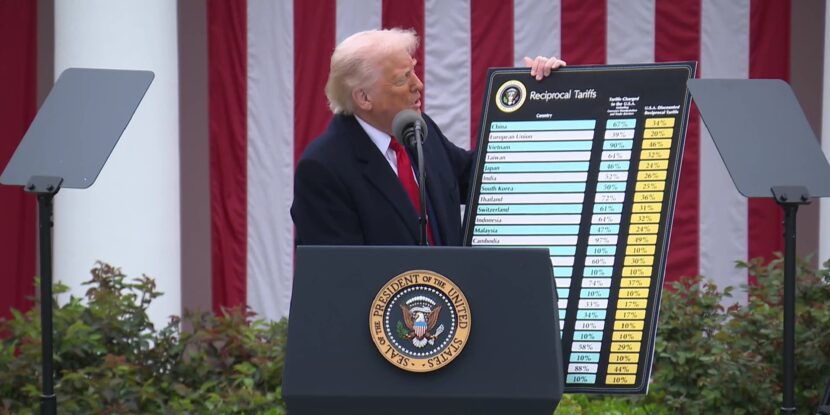
President Donald J. Trump has announced a series of new tariff rates at his administration’s “Liberation Day” event at the White House Rose Garden, including the imposition of a 10 percent across-the-board tariff on all foreign imports. In addition to the 10 percent blanket tariff, Trump is set to impose a series of targeted trade levies on imports from 60 nations—with the tariff rate often being set at half that which the targeted country places on American exports as an act of generosity.
“My fellow Americans, this is Liberation Day. April 2nd, 2025 will forever be remembered as the day American industry was reborn, the day America’s destiny was reclaimed, and the day that we began to Make America Wealthy Again,” Trump said. “For decades, our country has been looted, pillaged, raped, and plundered by nations near and far, both friend and foe alike. American steelworkers, autoworkers, farmers, and skilled craftsmen—we have a lot of them here today—they really suffered gravely; they watched in anguish as foreign leaders have stolen our jobs; foreign cheaters have ransacked our factories, and foreign scavengers have torn apart our once beautiful American dream.”
Your free, daily feed from The National Pulse.
The America First leader went on to note: “We’re also standing up for our great farmers and ranchers who are brutalized by nations all over the world. Canada imposes a 250-300 percent tariff on many of our dairy products.”
Among the countries and regions facing additional tariffs above the 10 percent blanket rate are China, Vietnam, Taiwan, Japan, India, the European Union, South Africa, and South Korea. Notably, Chinese imports will be hit with a tariff rate of 34 percent and Indian goods will be tariffed at 26 percent.
Notably, Brexit has spared the United Kingdom, which faces only the base rate of 10 percent, from the 20 percent tariff imposed on the European Union.
— Donald J. Trump (@realDonaldTrump) April 2, 2025
Jack Montgomery contributed to this report.
show less
President Donald J. Trump has announced a series of new tariff rates at his administration's "Liberation Day" event at the White House Rose Garden, including the imposition of a 10 percent across-the-board tariff on all foreign imports. In addition to the 10 percent blanket tariff, Trump is set to impose a series of targeted trade levies on imports from 60 nations—with the tariff rate often being set at half that which the targeted country places on American exports as an act of generosity. show more
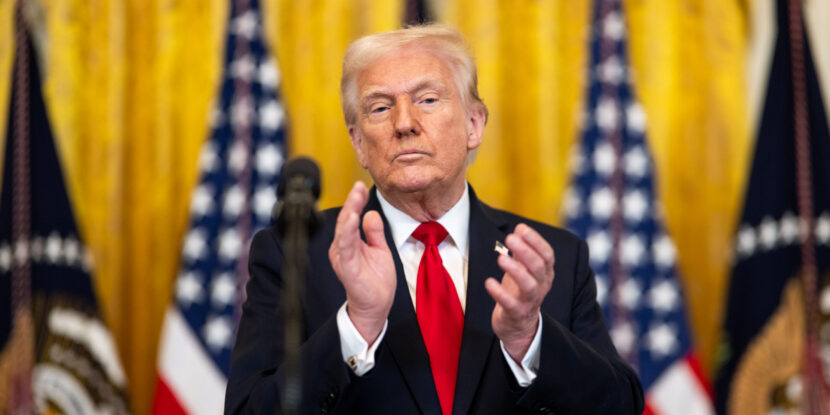
PULSE POINTS:
❓What Happened: President Donald J. Trump has announced new tariffs aimed at promoting fair trade and supporting American workers and businesses. Research shows tariffs boosted the economy in his first term.
👥 Who’s Involved: President Donald Trump, U.S. International Trade Commission, Economic Policy Institute, U.S. steel producers, American consumers.
Your free, daily feed from The National Pulse.
📍 Where & When: United States, pledge made on the 2024 campaign trail and following President Trump’s inauguration.
💬 Key Quote: “Following implementation of Sec. 232 measures in 2018—and prior to the global downturn in 2020—U.S. steel output, employment, capital investment, and financial performance all improved,” the Economic Policy Institute reports.
⚠️ Impact: The tariffs resulted in reduced imports, increased domestic production, job creation, and investments in new or upgraded steel facilities.
IN FULL:
For the first time in several decades, the U.S. is poised to redefine its trade dynamics as President Donald J. Trump introduces tariffs aimed at equalizing trade conditions for American industries and American workers. This strategic move, reminiscent of actions taken during his first administration, aims to bolster economic growth.
Research conducted on the impact of tariffs from President Trump’s first term suggests that these measures fortified the U.S. economy. A 2024 study highlighted that tariffs resulted in significant reshoring in sectors such as manufacturing and steelmaking, while a 2023 U.S. International Trade Commission report revealed that tariffs curtailed imports from China and promoted local production.
The report indicated minor downstream price effects, aligning with findings by the Economic Policy Institute, which emphasized that the tariffs did not exacerbate inflation and had a negligible impact on prices overall.
“Following implementation of Sec. 232 measures in 2018—and prior to the global downturn in 2020—U.S. steel output, employment, capital investment, and financial performance all improved,” the Economic Policy Institute stated. This period saw U.S. steel producers commit over $15.7 billion to new or upgraded facilities, generating approximately 3,200 jobs.
A further analysis conducted by the Atlantic Council points to a potential increase in domestic product purchases prompted by tariffs. The Treasury Secretary under the Biden regime, Janet Yellen, supported this stance, stating that consumer prices would not significantly rise as a result of tariffs.
A separate 2024 economic analysis projected that a global 10 percent tariff could stimulate $728 billion in economic growth, create 2.8 million jobs, and lift real household incomes by 5.7 percent.
During President Trump’s first term, tariffs bolstered the iron ore industry in Minnesota, supported thousands of new jobs, led to investments exceeding $10 billion, and decreased steel and aluminum imports by nearly one-third from 2016 to 2020.
show less

 2 months ago
2
2 months ago
2
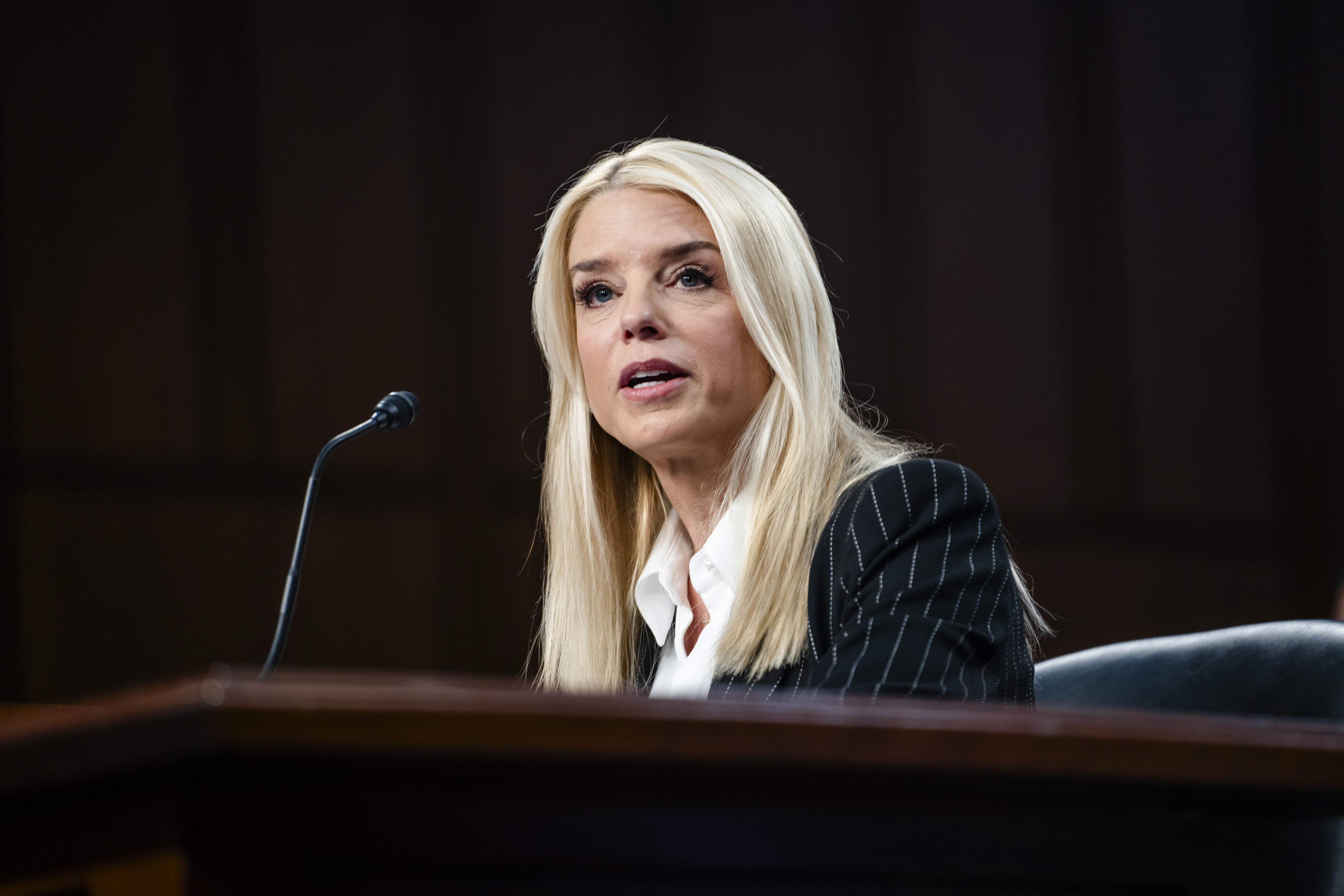
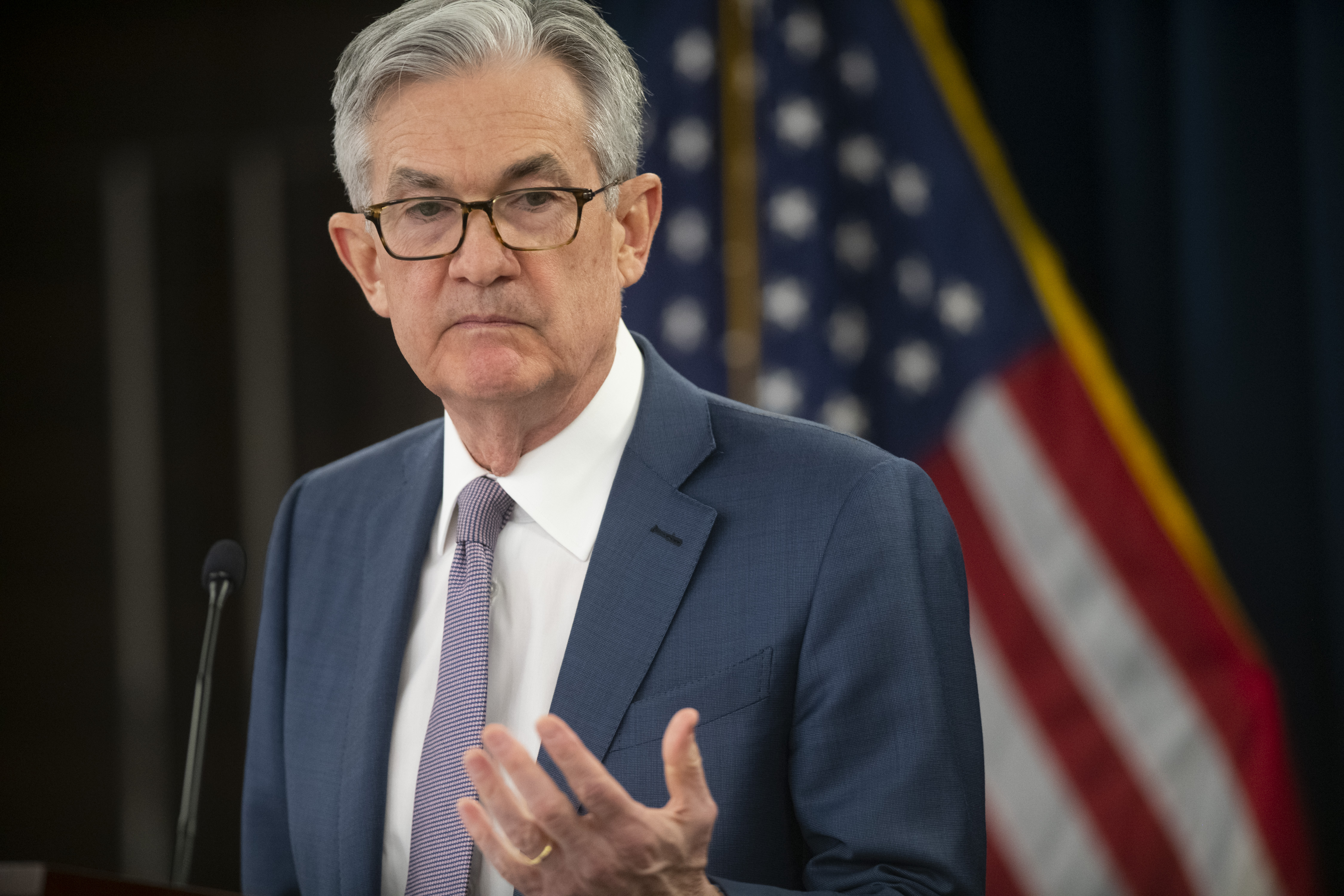
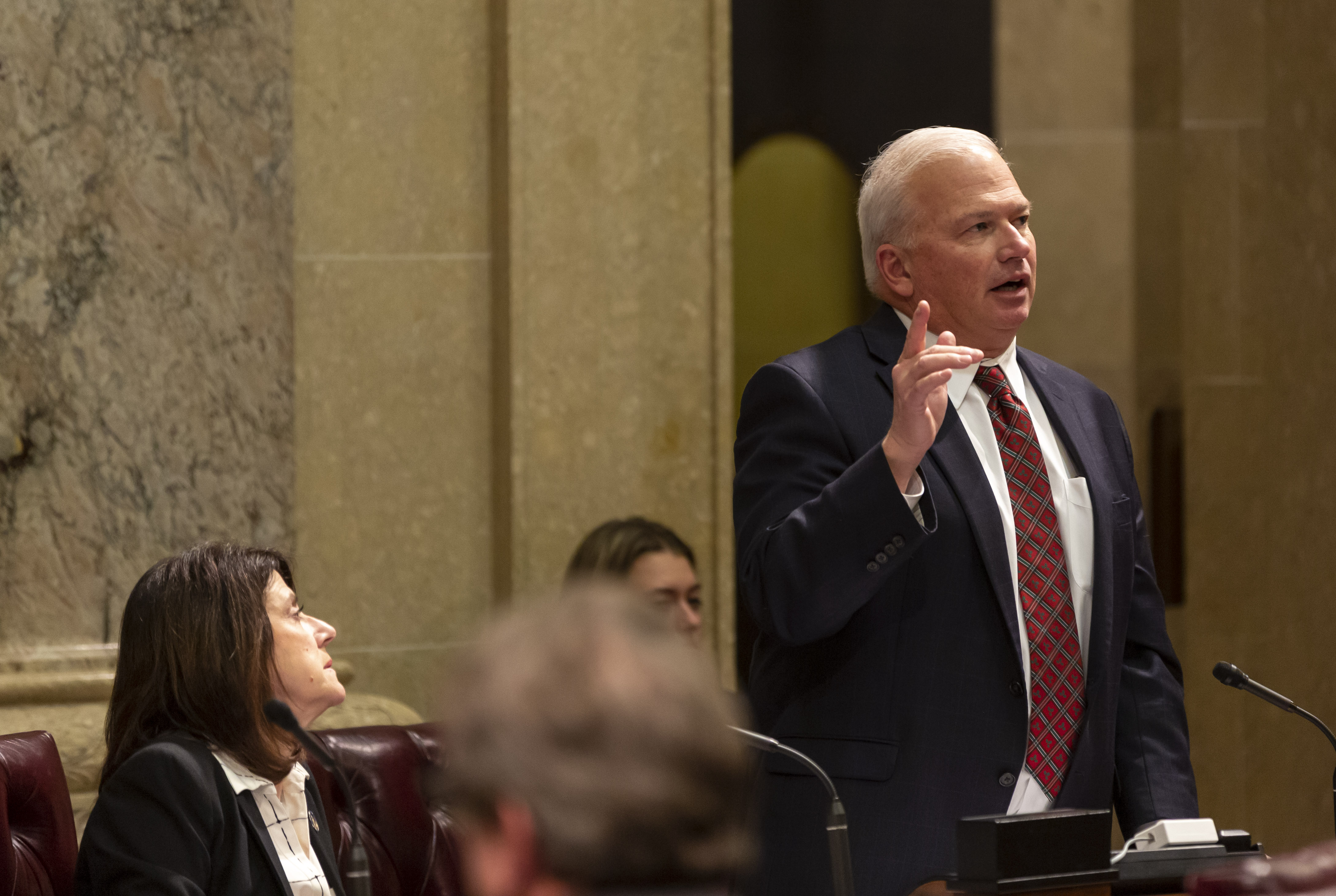





 English (US) ·
English (US) ·